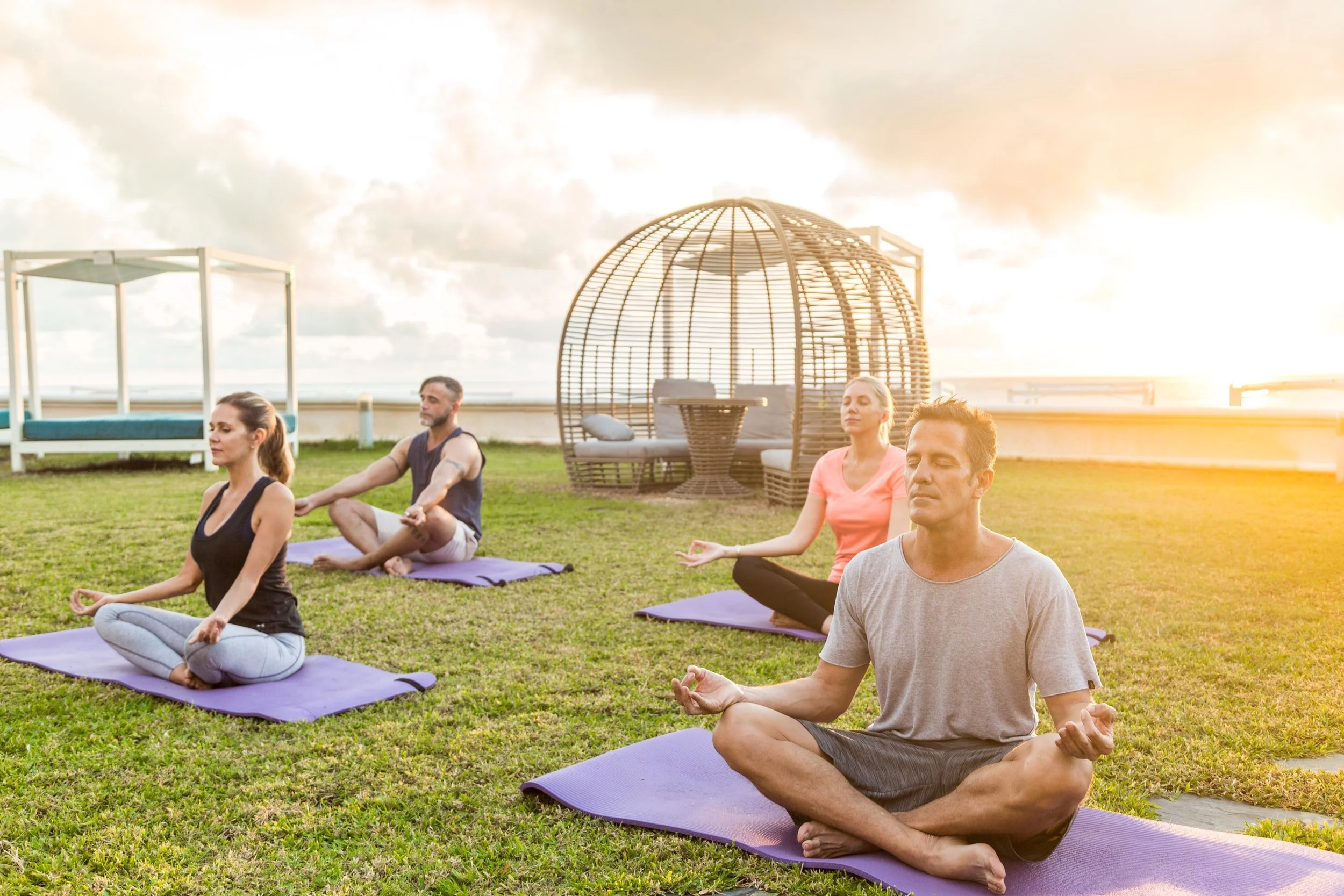6 Reasons Why Dancing Is Good For Your Child
Why is dancing especially beneficial for children?
Certainly some of the most exciting and spectacular sports that arise at the intersection of exercise and art- Figure skating, rhythmic gymnastics and, of course, dancing.
And if the first two directions are more for professionals, then dancing can be practiced at an amateur level. At the same time, the risk of losing interest, drive, and desire to continue is minimal.
That is why dancing is a great sport for children. You can practice dancing from an early age. For progress and good tone, 2-3 workouts per week are required and ... there are actually a lot of reasons. Below we will outline four main benefits of dancing that will allow your child to better develop not only in sports, but also in adulthood.
Cool physical shape
Only at first glance it seems that dancing is easy. As with any sports activity, dancing requires tension of the whole body. Almost all muscles work and the vestibular apparatus is fully involved. The brain plays an important role in dancing - after all, it is an intellectual sport.
Of the advantages that dancing brings, it is also worth highlighting the perfection of movements, correct posture, excellent control of your body in general, and the development of a partner's feeling.
To improve your physical fitness, you do not have to practice dancing every day - you can choose a sparing schedule with 2-3 lessons per week.
It is believed that there is a relationship between the ability of soccer players to dance, and vice versa. Those who have good dribbling and versatility on the field dance very well. An example of such a player is the three-time world champion Brazilian striker Pele.
2. Socialization
In a dance group, the kid will have to face the team. And this means that he has to learn to defend his position, understand and accept the thoughts and actions of other people, and reckon with the opinions of others. In an era when communication often takes place in the virtual space, learning all this is not easy. In dancing it happens by itself.
3. Artistry and self-expression
Dance is the language of our body and feelings. Through it, you can convey the whole gamut of emotions that fill us. Children in dance learn to better understand themselves, to be liberated. And during performances, they also learn to stay in front of the audience, which can help overcome fears of public speaking.
There are many dances, and they are different, so everyone can find a suitable option for their temperament, musical taste, etc. Some people prefer energetic tangos, breakdancing or bachata, while others prefer a leisurely waltz or ballet.
And further, since dancing is inevitably associated with music, it helps develop a sense of rhythm and teaches you to understand musical directions.
4. Discover new cultures and countries
Dance is not only certain movements and elements. It is also an immersion in its history, in the culture of the country from which dance came to us, in stories about the people who developed it. Through the dance, the child will begin to understand the diversity of the world, he will learn that there are many interesting things outside his yard / school / city!
In addition, dance groups travel to other countries for competitions and performances - and this is an experience that contributes a lot to the growth of a child as a person.
What type of dance to choose for a child? This is a topic for a separate article. To get started, just show your child what dances there are and see what appeals to them!
5. Development of discipline, hard work
Choreography is a guarantee of the child's discipline, teaching him to be industrious. Pupils from an early age understand the importance of adhering to established social norms of behavior and understanding the difference in communication with peers and elders.
Boys and girls who are engaged in choreographic ensembles, as a rule, become more disciplined: they are rarely late for lessons and try not to miss classes.
6. Dancing improves motor skills, coordination and balance
Balance and coordination are developed through dance training. Children learn to control their bodies, develop coordination of hands and feet, learn to stand on their hands, perform acrobatic elements and different types of wheels and somersaults. The meaning of balance plays an important role, and in case of loss of control over the balance, the dancer loses control over movements, loses control over the musical pattern and dance in general. To work with balance, during training, children learn to understand how and by what means this balance is created in their own body and how this knowledge can be applied when creating choreography using figures and drawings in space














